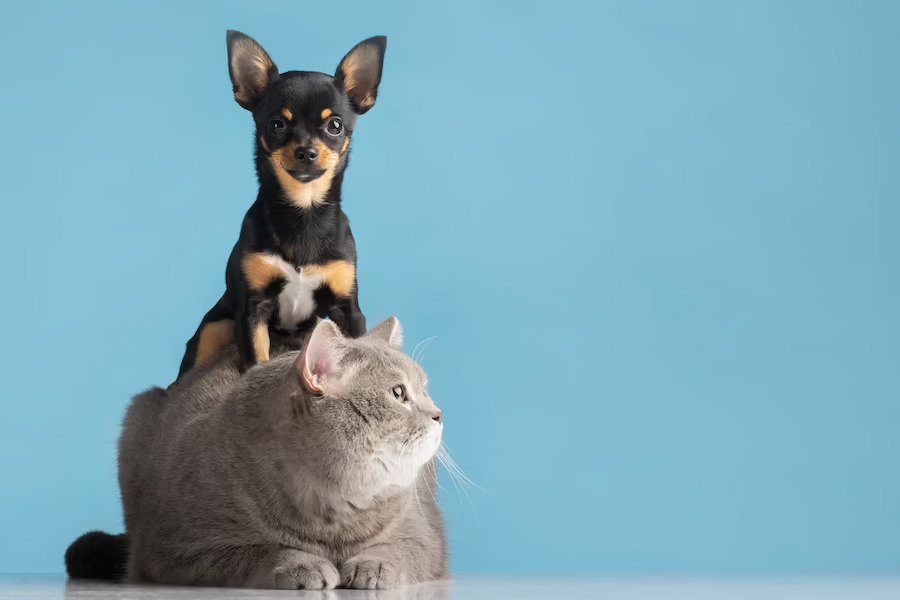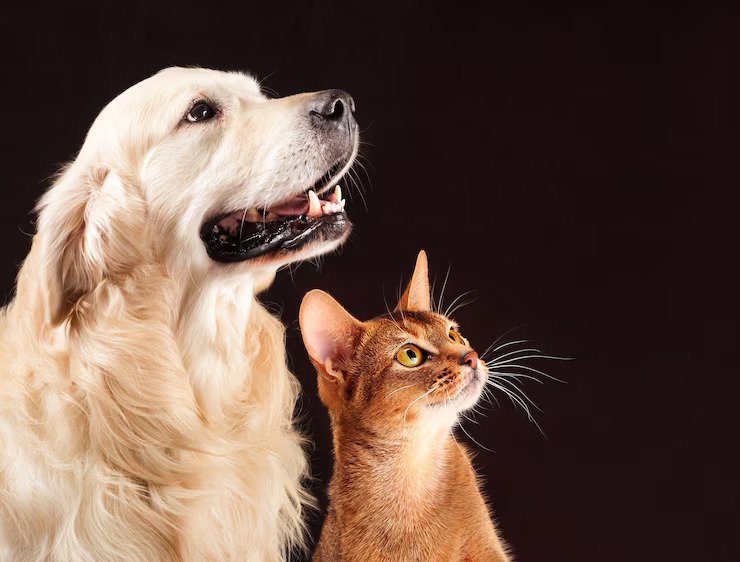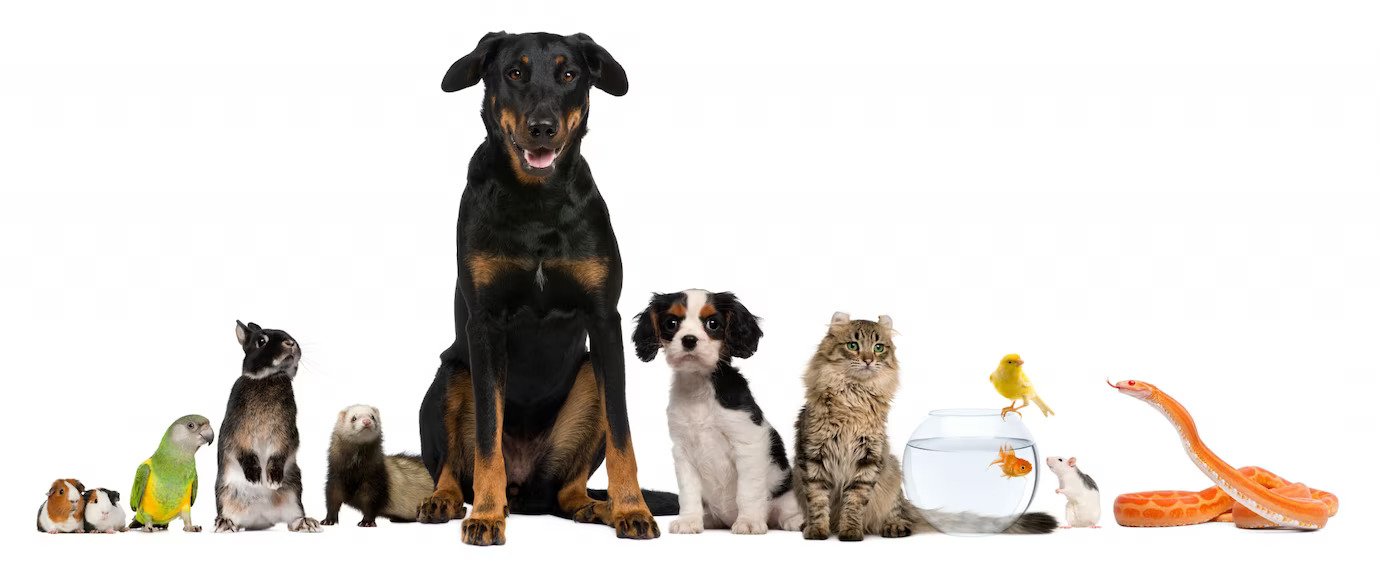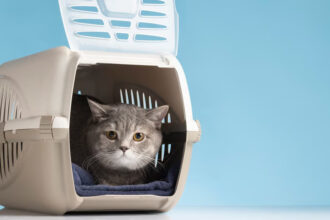How to Integrate a Dog Into a Household With Other Pets
- 1 How to Integrate a Dog Into a Household With Other Pets
- 1.1 Understanding Your Existing Pets
- 1.2 Choosing the Right Dog
- 1.3 Preparations in the Household
- 1.4 The Introduction Process
- 1.5 Scent Familiarization
- 1.6 Controlled Meetings
- 1.7 Monitoring and Moderation
- 1.8 Establishing Routine and Boundaries
- 1.9 Strengthening Bonds
- 2 The Role of Fencing and Kenneling in the Integration Process
It’s a well-known saying that dogs are man’s best friend. Their loyalty, boundless energy, and loving nature make them excellent companions. But if you already have other pets in your household, the process of integrating a new dog might be challenging.
It requires careful preparation, understanding of animal behaviors, and lots of patience. However, with the right strategies, you can successfully establish a harmonious living environment for all your pets.
How to Integrate a Dog Into a Household With Other Pets
Understanding Your Existing Pets
The first step to integrating a new dog into your home is understanding your existing pets’ personalities, behaviors, and needs. Every animal is unique and will react differently to a new companion.
Cats, for example, are territorial and may not appreciate the sudden intrusion of a lively dog. On the other hand, other dogs might be welcoming or territorial, depending on their personalities. Small animals, like rodents or birds, might feel threatened by a larger predator in their space. Understanding these behaviors will help you anticipate potential issues and prepare for them effectively.
Choosing the Right Dog
One of the significant aspects of ensuring a smooth transition is choosing the right dog to integrate into your household. Consider the dog’s breed, size, temperament, and past experiences. Some breeds get along better with other animals, while others might be more predatory or aggressive. A dog that has lived with other pets before is generally a safer choice.
Preparations in the Household
Create separate areas for the new dog and existing pets initially. This will allow them to get accustomed to each other’s presence without any direct contact. Ensure all pets have their own safe spaces they can retreat to if they feel threatened.
The Introduction Process
This phase is crucial. It can determine the relationship between your pets moving forward. It’s essential to take a gradual, supervised approach to prevent any harm or distress.
Scent Familiarization
Start by allowing your pets to become familiar with each other’s scents. This can be done by swapping bedding or using a soft cloth to rub each animal, then placing it with the other pet. This technique helps pets recognize and get used to each other’s scent in a non-threatening way.
Controlled Meetings
Once they are accustomed to the scents, arrange short, controlled meetings. Keep the new dog on a leash initially and monitor their behavior closely. Allow them to observe and sniff each other without forcing any interaction.
For small pets, it may be best to hold the introduction with the small pet in a safe, enclosed space or cage to ensure their safety. Reward calm behavior with treats to encourage positive associations.
Monitoring and Moderation
After the initial introductions, continue to monitor your pets’ behavior closely. It’s not uncommon to see signs of stress, such as excessive grooming, change in eating habits, or increased hiding. If you notice any of these signs, consider seeking advice from a vet or a professional pet behaviorist.
Remember that each pet will adapt at its own pace. One might be comfortable within days, while another might take weeks. Patience and understanding are key during this time.
Establishing Routine and Boundaries
Establishing routine and clear boundaries can help all pets feel secure. Make sure each pet has its own feeding area and toys. This will prevent competition and potential conflict. Regular exercise is also essential, especially for dogs, to help them burn off energy and reduce stress.
Strengthening Bonds
Engage in activities that encourage bonding between your pets. This could include group playtime or walks, always under supervision. You can also reinforce positive interactions between the pets with rewards and praise.
The Role of Fencing and Kenneling in the Integration Process
The Use of Fencing
Fencing, including the use of a reliable wireless invisible fence for dogs, can play a vital role in maintaining order and safety during the integration process of a new dog into your household, especially if you have other pets. This can range from using baby gates to separate different areas of the house, to installing a wireless invisible fence that allows the new dog to safely explore its surroundings without the physical restriction of traditional fencing.
Fencing can help create controlled environments where pets can observe each other safely, while reducing the potential for physical confrontation. It’s an excellent way to establish initial boundaries and maintain peace. Ensure, however, that the fencing used is appropriate for the size and strength of your dog to prevent escapes or accidental injuries.
Embracing the Journey Towards Harmonious Coexistence
Bringing a new dog into a household with existing pets is a process that requires planning, patience, and a good understanding of animal behavior. By taking the time to consider the needs of all your pets, prepare your home adequately, and introduce the new member slowly and calmly, you can facilitate successful integration and foster a peaceful cohabitation.
With time, your pets can form a companionship that enriches their lives, and yours too. It’s important to note that integrating a new dog into a household with existing pets is as much about the journey as it is the destination. While the initial period may be fraught with tension and uncertainty, overcoming these challenges can lead to a beautifully harmonious household.



















